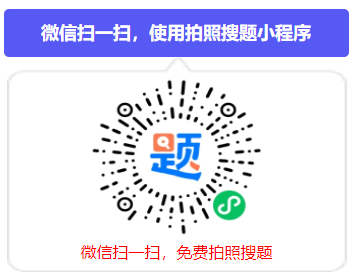单项选择题
You are designing your network to be able to use trunks. As part of this process you are comparing the ISL and 802.1Q encapsulation options. All of these statements about the two encapsulation options are correct except which one?()
A.Both support normal and extended VLAN ranges.
B.ISL is a Cisco proprietary encapsulation method and 802.1Q is an IEEE standard.
C.ISL encapsulates the original frame.
D.Both support native VLANs.
E.802.1Q does not encapsulate the original frame.
相关考题
-
单项选择题
Refer to the exhibit. What is the overall type of queuing being used on the outgoing data for interface Ethernet0/1? ()
A.LLQ
B.FIFO
C.CBWFQ
D.priority queuing
E.weighted fair queuing
F.IP RTP priority queuing -
多项选择题
WhichthreeofthesestatementsaboutDynamicTrunkingProtocolarecorrect?()
A.It supports autonegotiation for both ISL and IEEE 802.1Q trunks.
B.It must be disabled on an interface if you do not want the interface to work as a trunk or start negotiation to become a trunk.
C.It is a point-to-multipoint protocol.
D.It is a point-to-point protocol.
E.It is not supported on private VLAN ports or tunneling ports. -
单项选择题
WhichofthesecorrectlyidentifiesadifferencebetweenthewayBPDUsarehandledby802.1wand802.1D?()
A.802.1D bridges do not relay BPDUs.
B.802.1w bridges do not relay BPDUs.
C.802.1D bridges only relay BPDUs received from the root.
D.802.1w bridges only relay BPDUs received from the root.



